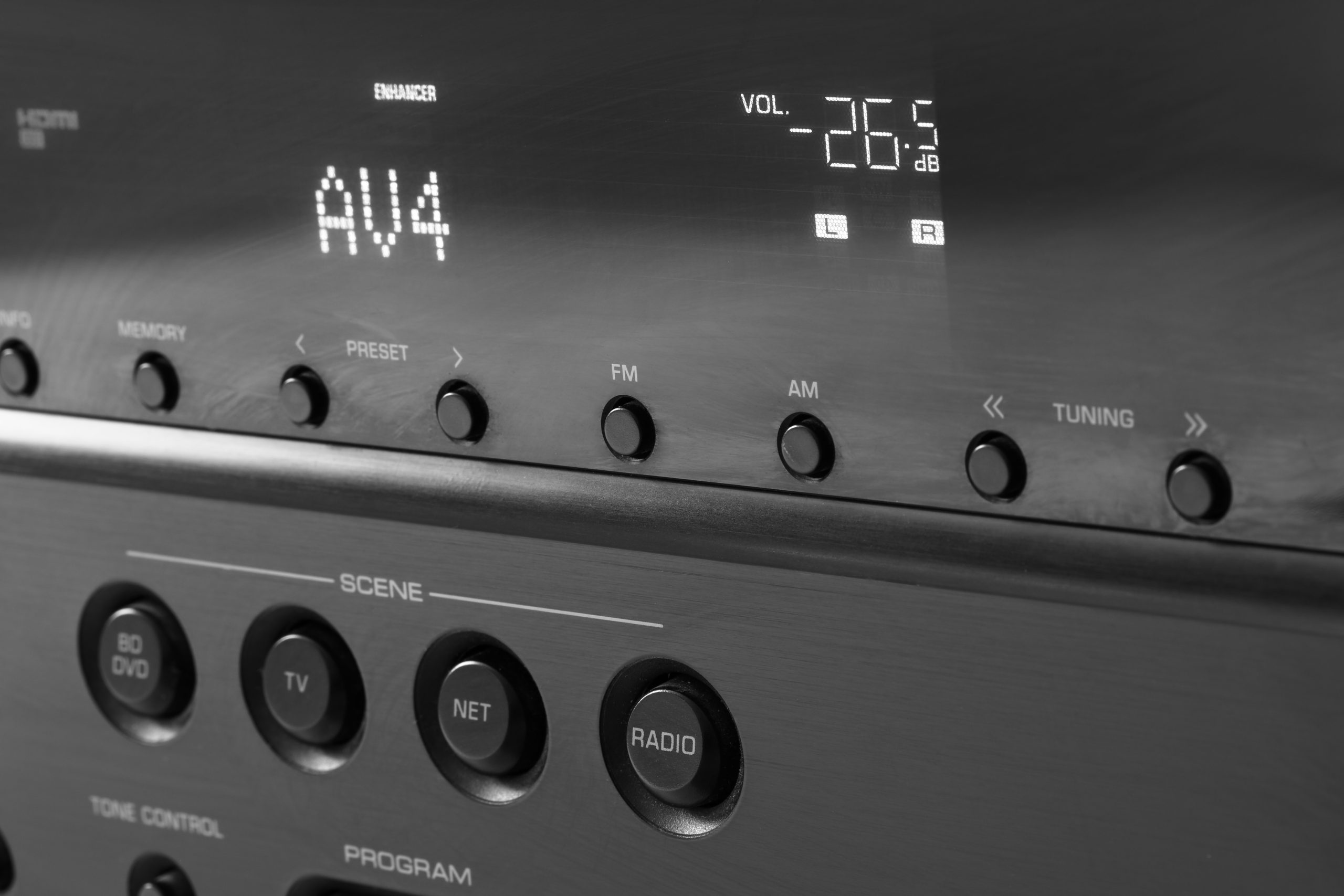In today’s technology-driven world, home entertainment has evolved into an integral part of people’s lives, transforming mundane living spaces into cinematic havens and immersive gaming arenas.
But, setting up and maintaining a home audio/video (AV) system can often seem daunting, especially for homeowners without extensive technical expertise.
This guide aims to empower homeowners like you with the knowledge and strategies necessary to streamline their home AV setup, ensuring a seamless and enjoyable entertainment experience. Read on to learn more.
Navigating The Maze Of AV Components: A Homeowner’s Handbook
Before embarking on the journey of home AV installation, it’s crucial to understand the essential components that form the foundation of a home entertainment system. These components include:
- Television (TV): The centerpiece of any AV setup, the TV serves as the visual display, showcasing movies, TV shows, and video games in stunning detail. Consider factors such as screen size, resolution, and display technology when selecting a television.
- Audio System: The audio system breathes life into the entertainment experience, delivering captivating sound effects and immersive soundtracks. The core components of an audio system typically include a receiver, speakers, and a subwoofer.
- Source Devices: Source devices act as gateways to content, providing access to movies, TV shows, streaming services, and video games. Common source devices include streaming devices, gaming consoles, and cable or satellite set-top boxes.
- Cables And Connectivity: The invisible backbone of the AV system, cables connect the various components and transmit audio and video signals. Ensure compatibility between cables and components to avoid signal degradation or interference.
Assembly And Configuration: A Step-by-Step Guide
Once the components are assembled, the next step involves connecting them and configuring the system. Follow these guidelines for a seamless setup:
- Power Connection: Connect each component to a dedicated power outlet to avoid overloading circuits and ensure optimal performance.
- High-Definition Multimedia Interface (HDMI) Connections: Utilize HDMI cables for the highest quality audio and video transmission. Connect the source devices’ HDMI outputs to the receiver’s HDMI inputs.
- Speaker Placement: Strategically position the speakers to achieve optimal sound dispersion and create an immersive surround sound experience.
- Receiver Configuration: Configure the receiver’s settings, including speaker calibration, audio equalization, and input selection.
- Source Device Integration: Connect the source devices to the receiver using appropriate cables, such as HDMI, optical, or coaxial.
- Universal Remote Control: Program a universal remote control to operate all components with ease, eliminating the clutter of multiple remotes.
Troubleshooting Common Issues: A Homeowner’s Toolkit
Even the most meticulously configured AV systems can encounter occasional glitches. Here’s a guide to troubleshooting common issues:
- No Sound Or Video: Check cable connections and ensure the source device is turned on.
- Distorted Sound Or Video: Inspect cables for damage, try different HDMI ports, and update firmware on components.
- Intermittent Connectivity: Restart components, ensure the Wi-Fi connection is stable, update software on source devices.
- Audio Lag: Adjust audio delay settings on the receiver or source device.
- Remote Control Issues: Check batteries, make sure that the remote is aimed correctly at the receiver, try cleaning the remote’s sensor.
Enhancing Your AV Setup: Tips For A Superior Experience
Beyond the basics, consider these additional tips to elevate your home AV setup:
- Room Acoustics: Treat the room with acoustic panels or diffusers to minimize echo and reflections, enhancing sound clarity.
- Room Calibration: Utilize room calibration tools to optimize speaker positioning and audio equalization for your specific room.
- High-Quality Cables: Invest in high-quality HDMI cables to ensure maximum signal integrity and prevent distortion.
- Regular Maintenance: Dust and clean components regularly to maintain optimal performance and extend their lifespan.
- Professional Installation: For complex setups or those seeking expert guidance, consider consulting a professional AV installer.
Embracing Simplicity: A Minimalist Approach To Home AV
In today’s era of technological abundance, it’s easy to fall into the trap of overcomplicating modern home AV setups. Nonetheless, simplicity often holds the key to a more enjoyable and streamlined entertainment experience. By adopting a minimalist approach, homeowners can reap numerous benefits:
- Reduced Complexity: A minimalist AV setup eliminates the clutter of unnecessary components and cables, simplifying operations and reducing troubleshooting efforts.
- Enhanced Aesthetics: A streamlined AV setup blends seamlessly into the living environment, complementing the décor rather than dominating the space.
- Focused Enjoyment: With fewer distractions and complications, homeowners can focus on immersing themselves in the content they’re consuming, leading to a more immersive and enjoyable experience.
To achieve a minimalist AV setup, consider these strategies:

- Identify Essential Components: Evaluate your entertainment needs and identify the core components that truly enhance your experience. Prioritize these essential elements and eliminate those that provide minimal value.
- Consolidate Functions: Explore multi-functional components that combine multiple functions into a single unit, reducing the number of devices required.
- Embrace Wireless Connectivity: Utilize wireless technologies like Bluetooth or Wi-Fi to minimize cable clutter and enhance flexibility in component placement.
- Streamline Source Devices: Consider consolidating your source devices into a single media server or streaming device, reducing the need for multiple input connections.
- Seek Professional Guidance: Consult an AV expert to assess your setup and identify opportunities for simplification without compromising performance.
In Conclusion
By following the guidelines outlined in this guide, homeowners can transform their living spaces into captivating entertainment hubs, enjoying movies, TV shows, and video games in the comfort of their own homes.
Remember, the journey to AV mastery is an ongoing process, and experimentation with new components and techniques can further enhance your entertainment experience.

